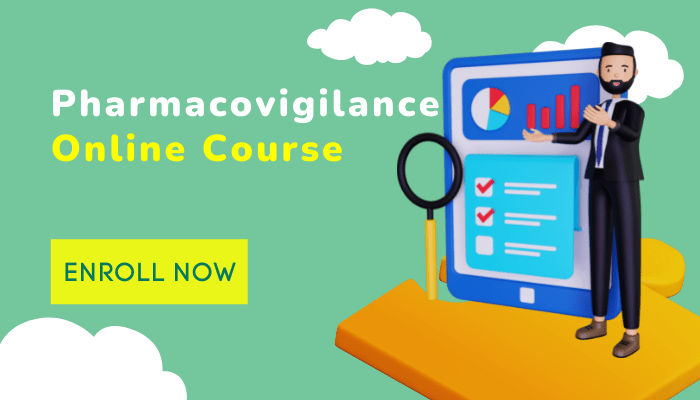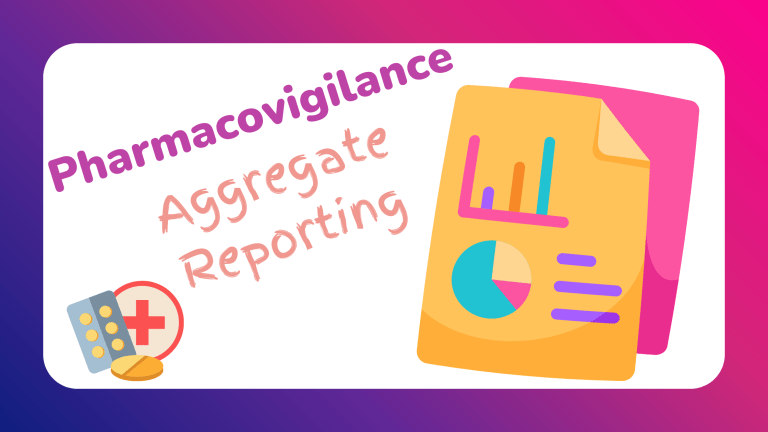PADER: Pharmacovigilance Periodic Adverse Drug Experience Report Facts You Never Know Before
Best Collection
-
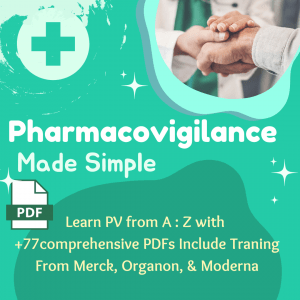 Product on salePharmacovigilance PDF MaterialsOriginal price was: 299 $.49 $Current price is: 49 $.
Product on salePharmacovigilance PDF MaterialsOriginal price was: 299 $.49 $Current price is: 49 $. -
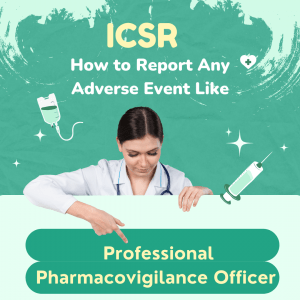 Product on saleICSR Pharmacovigilance | Individual Case Safety Report Online TrainingOriginal price was: 59 $.19 $Current price is: 19 $.
Product on saleICSR Pharmacovigilance | Individual Case Safety Report Online TrainingOriginal price was: 59 $.19 $Current price is: 19 $.
Healthcare professionals are responsible for the safety of their patients, but it’s hard to know what to do when something goes wrong.
As it can have serious consequences by jeopardizing their patients’ health, hospitals can also face regulatory penalties for not taking the correct measure.

How to avoid that by learning how to report any adverse events that occurred under your watch.
Today, I will share my experience with Pader Report by simplifying all information about it.
But If you want to learn in-depth about how to report adverse drug experience report check out this pharmacovigilance training about ICSR
What is PADER (Periodic Adverse Drug Experience Report)
PADER is a type of aggregate safety report required to be submitted by the sponsor or marketing authorization holder (MAH) after obtaining FDA approval.
This ensures that they have followed all procedures and implemented measures set forth in their agreement with regulatory authorities, which includes full reporting on any serious adverse event experienced while using these products during clinical trials.

Healthcare providers are always looking for ways to better understand the medications they are prescribing to their patients. One report that can be helpful in this effort is called a PADER (Periodic Adverse Drug Experience Report).
What is PADER (Periodic Adverse Drug Experience)?
PADERs are reports filed by healthcare providers that detail any adverse effects that a patient has experienced while taking a specific medication. These reports can be filed for FDA (Food and Drug Administration).
PADERs are an important way for healthcare providers to communicate with each other about the potential risks and side effects of certain medications. By sharing this information, providers can make more informed decisions about which medications are right for their patients.
How to Use PADERs (Periodic Adverse Drug Experience)
If you are a healthcare provider, you can use PADERs to help you make more informed prescribing decisions.
When reviewing a patient’s medical history, be sure to check for any previous PADERs that have been filed. This information can give you valuable insights into how a particular medication may affect your patient.
You can also use PADERs (Periodic Adverse Drug Experiences) to monitor the safety of medications that you are already prescribing to patients. Keep an eye out for any new reports that are filed and take note of any trends that you see emerging. This information can help you make changes to your prescribing practices as needed.
What is PADER Meaning

PADER is an acronym that stands for Patient Reported Adverse Drug Experience Report.
A PADER report is a document that includes information about a patient’s adverse reaction to a medication, as well as the patient’s overall benefit-risk profile.
PADER reports are important safety documents that help to assess the risks and benefits of a medication. They can also be used to evaluate the effectiveness of a new treatment or to monitor the drug safety profile of an existing medication.
What is PADER US FDA (Food And Drug Administration) Guidance?
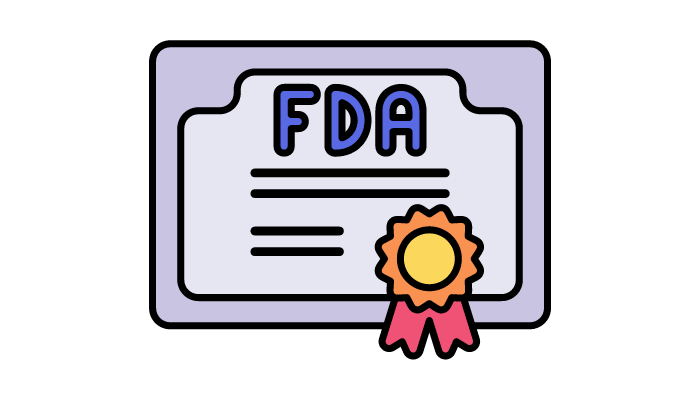
The PADER guidance is a drug safety initiative from the Food and Drug Administration (US FDA).
The goal of PADER is to collect and analyze data on drug adverse events, in order to improve patient safety.
One way that PADER does this is by requiring drug manufacturers to submit drug experience reports (DERs). DERs are detailed reports of adverse events that have been reported to the manufacturer.
These reports can help the US FDA identify potential safety concerns and take action to protect patients. The PADER guidance also requires drug manufacturers to submit periodic safety reports (PSRs). PSRs are summaries of adverse events that have been reported during clinical trials or post-marketing studies.
What is the Importance of PADER in Pharmacovigilance
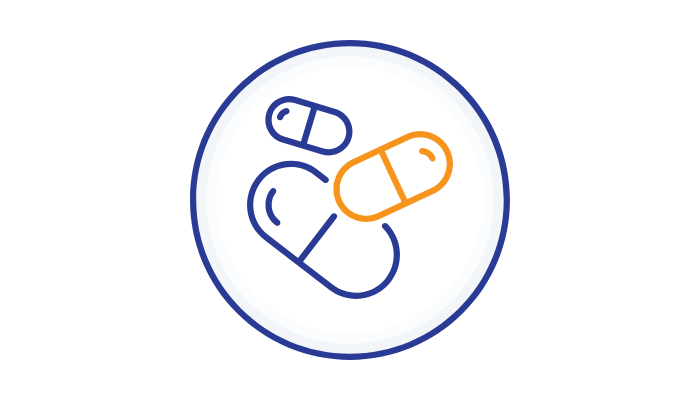
Pharmacovigilance is defined as “the science and activities relating to the detection, assessment, understanding, and prevention of adverse effects or any other drug-related problem”.
PADER is considered to be a branch of pharmacovigilance reporting.
PADER is vital to public health because it helps ensure that medicines are as safe as possible. Regulatory authorities use adverse drug experience reports (safety reports) to monitor the safety of medicines.
These reports are usually generated by healthcare professionals such as doctors, pharmacists, and nurses.
What is the Timeline of PADER(Periodic Adverse Drug Experience)?
The quarterly and annual PADER should be submitted within 30 days of the data lock point, respectively.
The safety reports involve a presentation on case studies with serious unlisted events (15-day alert) in either narratives or tabular formats.
Adverse Drug Experience Report must also include all necessary information about the patient including their demographics, past medical record details as well any other relevant facts that might affect treatment decisions like gender identity/sexual orientation.
This information will affect the benefit-risk profile of medicinal products if needed further investigations and evaluation as a precaution step as surveillance in the post-marketing phase.
Electronic Format of the Periodic Adverse Drug Experience Report PADER, is it a must?
The FDA requires that all industries submit Periodic Adverse Drug Experience Reports (PADER) in electronic format.
The detailed written information of the Pader is submitted as a PDF file to section 5.3 6 under “Electronic Common Technical Document.” (eCTD)
Submission should include individual case safety reports (ICSRs)and periodic reports for Human Drugs or Biologics product categories, which include any post-marketing surveillance studies conducted subsequent to the approval date plus copies.
What are PADER Specifications
- One PDF with a table of content including hyperlinks. The use of hyperlinks must make it simple for reviewers to grasp the report
- The node m5.3.6 in the eCTD tree hierarchy, which is part of Module – 5 Clinical Study, where a PADER PDF file should be uploaded in accordance with the eCTD ICH standard.
- It is not necessary to supply a Study Tagging File (STF) to submit PADER’s descriptive portion in the eCTD format.
- The title of the PADER includes the reporting period whereas the leaf title follows a standard format for future submissions
- PADER must include all of the ICSR
Difference Between PADER and other Reports Form
What is the difference between PADER, Aggregate Reporting, DUSR, and PBRER?
- Aggregate reporting is the process of preparing and submitting safety reports for a given medicinal product to worldwide regulatory agencies.
- Development safety update reports (DSURs) are required for molecules in development.
- Drug experience report pader and periodic safety update reports/periodic benefit-risk evaluation reports (PBRERs) are submitted for products with marketing authorization for the post-marketing phase.
- PADER submission starts once marketing authorization approval is received for a medicinal product by the sponsor. Quarterly and annual PADER should be submitted within 30 and 60 days of the data lock point, respectively.
What is the difference between PSUR and PBRER?
When considering the risk of a medicinal product, it is important to consider not only what you are giving up but also any benefits.
PBRER provides greater emphasis on benefits than PSUR because there’s been an update with new data that changes how much exposure each person will have while using this medication/product according
to their weight or other factors
What is the difference between DSUR and PADER?
DSUR is reporting submission in the pre-marketing phase while PADER is reporting submission in the post-marketing phase.
Development Safety Update Report (DSUR) is used to assess the risk for drugs still under development, and it can be especially helpful when the FDA has not yet approved a sample of an upcoming medication.
PADER is a type of aggregate safety report required to be submitted by the sponsor or marketing authorization holder (MAH) after obtaining FDA approval.
This ensures that they have followed all procedures and implemented measures set forth in their agreement with regulatory authorities, which includes full reporting on any serious adverse event experienced while using these products during clinical trials.
FAQs
What are PADER submission timelines?
Quarterly and annual PADERs should be submitted within 30 days of the data lock point, respectively.
The reports mainly involve a presentation on case narratives or in tabular format with serious unlisted events (15-day alert) as ICSR that come up during your observation period for medical professionals to address quickly before they become life-threatening situations.
What is the PADER template?
Providing Postmarketing Periodic Safety Reports in the ICH E2C(R2) Format
(Periodic Benefit-Risk Evaluation Report) Guidance for Industry
What are PADER guidelines?
check out this draft.
Related Products
-
 Product on salePharmacovigilance PDF MaterialsOriginal price was: 299 $.49 $Current price is: 49 $.
Product on salePharmacovigilance PDF MaterialsOriginal price was: 299 $.49 $Current price is: 49 $. -
 Product on saleICSR Pharmacovigilance | Individual Case Safety Report Online TrainingOriginal price was: 59 $.19 $Current price is: 19 $.
Product on saleICSR Pharmacovigilance | Individual Case Safety Report Online TrainingOriginal price was: 59 $.19 $Current price is: 19 $.
Conclusion
PADERs are an important tool for healthcare providers. By filing reports on the adverse effects that their patients have experienced while taking certain medications, providers can share valuable information with each other and make more informed prescribing decisions.
If you want to get exclusive training about how to fill PADER report, contact me here.

